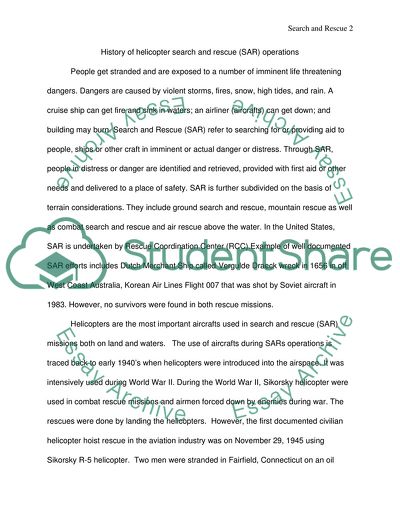Cite this document
(History of Helicopter Search and Rescue Operations Term Paper, n.d.)
History of Helicopter Search and Rescue Operations Term Paper. https://studentshare.org/technology/1757064-search-and-rescuenon-military
History of Helicopter Search and Rescue Operations Term Paper. https://studentshare.org/technology/1757064-search-and-rescuenon-military
(History of Helicopter Search and Rescue Operations Term Paper)
History of Helicopter Search and Rescue Operations Term Paper. https://studentshare.org/technology/1757064-search-and-rescuenon-military.
History of Helicopter Search and Rescue Operations Term Paper. https://studentshare.org/technology/1757064-search-and-rescuenon-military.
“History of Helicopter Search and Rescue Operations Term Paper”. https://studentshare.org/technology/1757064-search-and-rescuenon-military.


